|
Q: What inspired this story? Everything begun from a question that we made to ourselves: if there was a time that humans and wild animals needed to be friends and cooperate for surviving in the wild, what remains today about that? What remains from the connection hat we have lost. At the very beginning we had the idea of making a feature documentary about the last relations of symbiosis between humans and wild nature all around the world. But after more and more research we realized that we could join as couples many of the stories. Thats why finally each chapter has 2 stories that work as a mirror one with each other. Q: Describe some of the challenges faced while making this film/program? In some places the climate was hard. For example in Mongolia we were sleeping in tents at -18Cº for a month. The batteries and cameras suffered a lot. In South Sudan or Ethiopia the security sometimes was a must and looking for hyenas in Harar city in the middle of the night was a challenge too. In Perú we worked at more than 5000 meters above the sea level for capturing the vicuñas. We needed to try for twice because the first time the people from the community couldn’t capture anyone. More than 70 people went walking to the top of the mountains for nothing… but we finally made it. The team behind the scenes was small. 4 people have been traveling along 11 countries nearly without a break. Sometimes we felt exhausted but the commitment and the passion of the crew was incredible and we achieved what we were looking for. Q: What did you learn from your experience making this film/program? Many learns… I couldn’t make a list. 11 countries, many emotions, stories and experiences. Maybe one of the most important ones: you can find the greatest beauty of the human being in people like the main characters of the series. Because they are still much closer to what we really were during the origin of our species. And this is a good reason to support the conservation of our planet I think. Q: How do you approach storytelling? The way that we work takes a lot of effort during the preproduction phase. The two directors study a lot about each ethnic group(publications, anthropological studies, articles…) and the main characters that will be the protagonists of the chapters. Before going for filming there is a study on field made by the local producer. The local producer receive all the doubts and ideas from the directors after theirs studies. Is a very interesting way to have a first idea of what is honestly real from what you have studied or read and contrast it with the reality. According to the info that we receive from the local production, we compare it with the bibliography that we have studied and the writing of the fist script starts. With that first script the shooting crew travel to the country where the story will take place. The first contact with the people is very important so we don’t usually take the cameras until the 3th or 4th day. Once we know the people and we discover who will finally be the main character we start with the interview. The interview is very long and deep, in the case of the mongolian story it took more or less 13 hours of questionary. After each day of interview, it is made a translation that works for prepare the shooting of each scene according to the words of the character. The script evolves day by day with the new infos and the way you can shoot the scenes. And in the case of this series due to the structure in which each chapter has 2 parallel stories we tried to make a storytelling that could work as a mirror. Q: What impact do you hope this film/program will have? We hope this series will be a great chance for inviting to our society to reconnect with the nature. Is a chance for having a conversation with people that apparently don’t have nothing in common with but you realized that yes. All of us, it doesn’t mind from where you are, your culture or your color, belong to the nature. And inside each one of us there is a feeling of love to the animals and nature because there was a time that we were part of the ecosystems as a one more wild element. The main characters of this series have been living in a very sustainable way with nature and their environment using their cultural knowledge and traditions. Today governments, fortunately, are investing millions of dollars in conservation but them have been doing that as a way of living since their upper ancestors. And it seems that nobody cares many times about them. During the next 20 years many of the stories of this series will be extinct and with them we will lose an incalculable human heritage. Q: What's next?
We can't talk much about it yet but the team will be working in the Amazon and African rainforest in 2022 for filming some new conservation and indigenous stories.
1 Comment
In 2020, Ben Albert spent his summer floating around wetlands in southwest Wisconsin in a canoe. Ben’s grandfather, Cal DeWitt, is a wetland scientist who has lived on and studied the Waubesa Wetlands for over fifty years. The area is one of the highest quality and most diverse wetlands remaining in the state of Wisconsin. Eager to share the story of this less-appreciated ecosystem, DeWitt called up Ben in the spring of 2020 and asked him if he would be interested in making a film about the wetlands and the wildlife who call it home. Just a few weeks after dropping out of film school, Ben agreed and made his way to the area, spending months exploring the wetlands on foot and in the water. Using a telephoto lens, he captured footage of creatures great and small, while also sharing the human perspective of what it’s like to be in a wetland. “As I explored the wetland and learned more from my grandpa, my own perspective changed. I began to see the deeper value and beauty of this ecosystem. Whether it’s a wetland, a local park, or our own backyard, we are surrounded by the hidden wonders of the natural world if only we take a closer look.” Ben Albert is a wildlife filmmaker and member of the Jackson Wild Collective. Now based in Maine as an intern for Compass Light Productions, Ben grew up on a small farm in Wisconsin, immersed in nature. “It was an incredible place to grow up,” he said. “When I was at school in the city, I realized I was missing that part of my life.” He got his start young, picking up a camera and filming his friends when they went skiing. His interest turned towards narrative filmmaking, which allowed him to hone some technical skills and become a better editor and cinematographer. Film school was a logical next step, but after a couple of years, it became clear that he wasn’t on a path toward what he was most passionate about. “I don’t regret it at all,” Ben said about his choice to leave film school. “It was one of the best decisions I’ve made in terms of my career.” Ben was raised on nature documentaries, seeing the wonder of the planet as narrated by Sir David Attenborough. “The natural world is really a magical place that you can lose yourself in. It’s all around us, but these films bring it out in a new light,” he said. He knew he wanted to get more into nature and documentary filmmaking instead of narrative film, so he left school, headed to the Waubesa Wetlands, and never looked back. Ben is still early on in his career, but he shared advice for emerging filmmakers: “Make opportunities for yourself. Especially when you’re just starting out, projects won’t just fall into your lap. A lot of the time, the only thing stopping you is yourself – learn skills online and think about what you can do right now to get yourself where you want to be.” He also shared something he wished he could tell his younger self: “If I were to give myself advice two years ago, it would be to not try and do everything by yourself. Everything you do will be ten times better if you bring in others.” The Jackson Wild Collective has helped Ben put that advice into practice. “I think the map feature is one of the best parts; I’ve connected with people all over the world,” he said. Ben joined the Collective after the 2021 Jackson Wild Summit. “When I first thought about making this my career, I felt like there was a huge gap between where I was and where I wanted to be, between emerging and established filmmakers. The Collective bridges that divide, connecting people with different skill levels and experiences into one space together. It breaks down barriers and reminds us that we’re all people, we can all support each other.” Ben continues to work on Waubesa Wetlands - An Invitation to Wonder; you can view the trailer HERE. Follow Ben on Instagram to keep up with his latest work, and check out his website to learn more about his projects. The Jackson Wild Collective is the virtual home for our global storytelling community to connect, collaborate and inspire change year-round. Join today.
Q: What inspired this story? Executive Producer Jared Lipworth got word that Gorongosa National Park in Mozambique was planning on reintroducing a top predator - African Wild Dogs - back to its ecosystem. He realized that this would be a rare opportunity to tell the story of the key role predators play in the natural world and set about putting the team together that could help make the most of it. Q: Describe some of the challenges faced while making this film/program? The main production challenge was in capturing the African Wild Dogs in their natural element. They move constantly, they move swiftly, and these packs in particular moved unpredictably since they were just exploring their new home - a diverse African landscape the size of the state of Rhode Island. The biggest story-telling challenge was to integrate the larger scientific investigations within the very specific narrative of these particular African Wild Dogs. In order for us to tell our true story, the "landscape of fear" scientific theory needed explaining and contextualizing, the park's history needed to be laid out, and the various human characters needed to be introduced and profiled all the while not losing the momentum of the narrative. Q: What did you learn from your experience making this film/program?
I learned that African Wild Dogs – otherwise known as Painted Wolves or Painted Dogs – are an incredibly charismatic and tragically endangered species. Like many predators, they have been targeted for extermination in the past. Fortunately, there are some heroic efforts underway to reintroduce them to appropriate areas, including Gorongosa. In making this film I also came to a deeper appreciation for the role of predators in wild ecosystems and their importance in establishing and maintaining a healthy balance between the various species. Q: How do you approach storytelling? I approach storytelling as a journey. I was an English major in college, but I firmly believe that the truth is always more interesting and useful than anything you could make up. With each project I am learning something new, meeting new people, exploring a new part of the world. For me, the most successful projects are the ones that somehow take the viewer on the same journey I have gone through and allow them to share in the discovery, excitement, and surprise I have experienced along the way. Q: What impact do you hope this film/program will have? I hope people who see Nature’s Fear Factor will have a greater appreciation for nearly everything in the film – the role of predators in general and African Wild Dogs in particular; the importance of national parks like Gorongosa; and the dedication and intelligence of the scientists and conservationists who devote their lives to wild places and the animals who depend upon them. I also hope viewers will come away with a sense of hope, that rewilding can succeed and that Nature can rebound if given the chance. Filmmaker Q+A with Geoff Luck, SVP Creative & Production of Wild Elements Studios: Greens for Good5/9/2022 Q: Describe some of the challenges faced while making this film/program?
This film was shot in Liverpool in December of 2020. Given limitations due to the pandemic, this meant collaborating with a remote UK-based team who had to work within a narrow window between lockdowns—and to do so as carefully and responsibly as possible. Each scene was evaluated for safety as well as storytelling significance, and involved the planning and input of all concerned. The creative approach to the piece was thus built in stages, with the initial approach determined by Farm Urban and the US team then handed over to the UK production team who then worked with the subject on its realization, only to then pass it off again to a post-production team back in the States. Despite—or perhaps, because—of these many voices, the piece came together as a mutual expression, one enriched by each person that had a (sanitized) hand in its production. Q: How do you approach storytelling? Before making this film, the creative team at Wild Elements spoke with the subjects at Farm Urban about what was most important for them about their work. They mentioned specific programs and how they operate, the way they engage the community and the benefits they offer, as one might expect. But most of all, they described a point of view. One that spoke of social and environmental justice, the possibilities of human invention and collaboration, the centrality of caregiving and community. So we put this at the forefront of our efforts, and sought ways to evoke—or even more simply, to recognize—the depth of the team’s commitment to their work and those they work with and for. Any of that that comes through is a direct result of the leadership offered by the Farm Urban team themselves, the connections they forged with the UK production team, and the way that showed itself in the edit room. Q: What impact do you hope this film/program will have? We live in a time when we have to rethink the way we do things—both at the margins of our presence on the planet and in the heart of our sprawling cities. By looking at the innovative ways that Farm Urban couples emerging technologies with innovative social outreach and engagement, we hope the film will compel others to think outside the box of how things have been done to wonder about how they might be done instead. It is then ultimately aimed to inspire urban dwellers to see that our connection to nature starts at home—even if that home seems bound by concrete and high rises. Q: How do you approach storytelling?
The best stories come from compelling storytellers. I search for scientists who are passionate about their work and excited about the challenges involved and work with them to develop ways to tell their stories and translate their work into language the rest of us can understand. For me, that’s the biggest challenge in science programming, finding ways to personalize the story. Q: What impact do you hope this program will have? From landing a rover on Mars to flying a tiny helicopter named Ingenuity on another planet, the scientists featured in “Looking for Life on Mars” are inspiring. I hope their stories help people understand what kind of collaboration and dedication it takes to engineer this kind of space mission, as well as motivate aspiring young scientists to pursue their dreams. Q: What’s next? I’m currently producing an hour for PBS/NOVA about the James Webb Space Telescope, launching sometime this year. It is the most complex space telescope ever built. Consequently, the mission has had a difficult time getting off the ground. But if all works as planned, it will revolutionize the world of astronomy. We’re following several scientists on the mission to see how their stories unfold and if years of hard work will pay off. |
Archives
March 2024
Categories
All
|
Contact UsJackson Wild
240 S. Glenwood, Suite 102 PO Box 3940 Jackson, WY 83001 307-200-3286 info@jacksonwild.org |

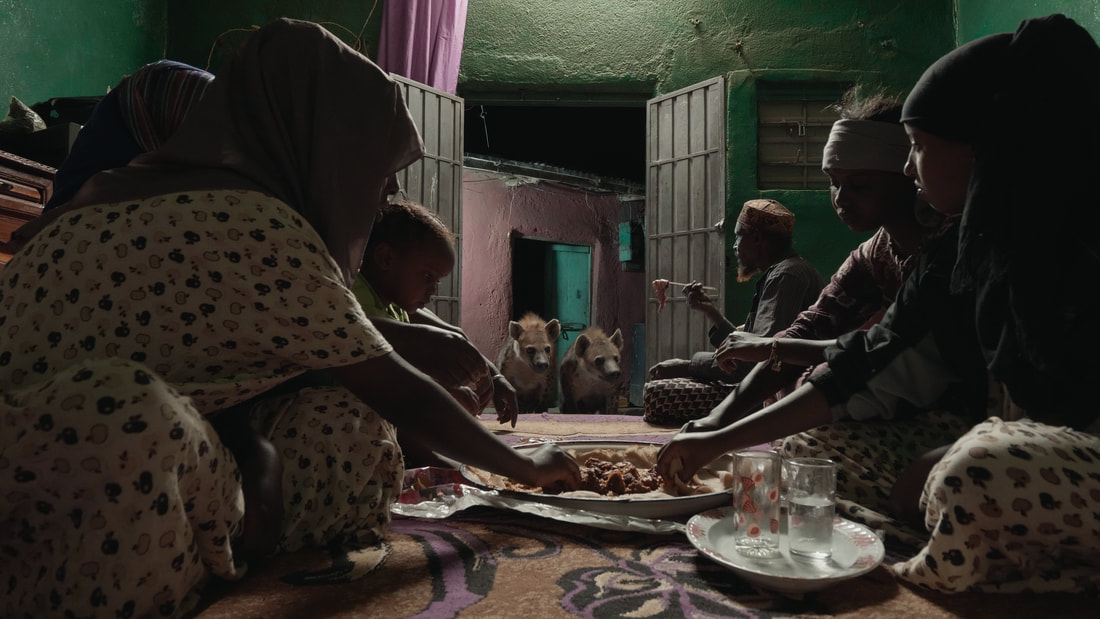
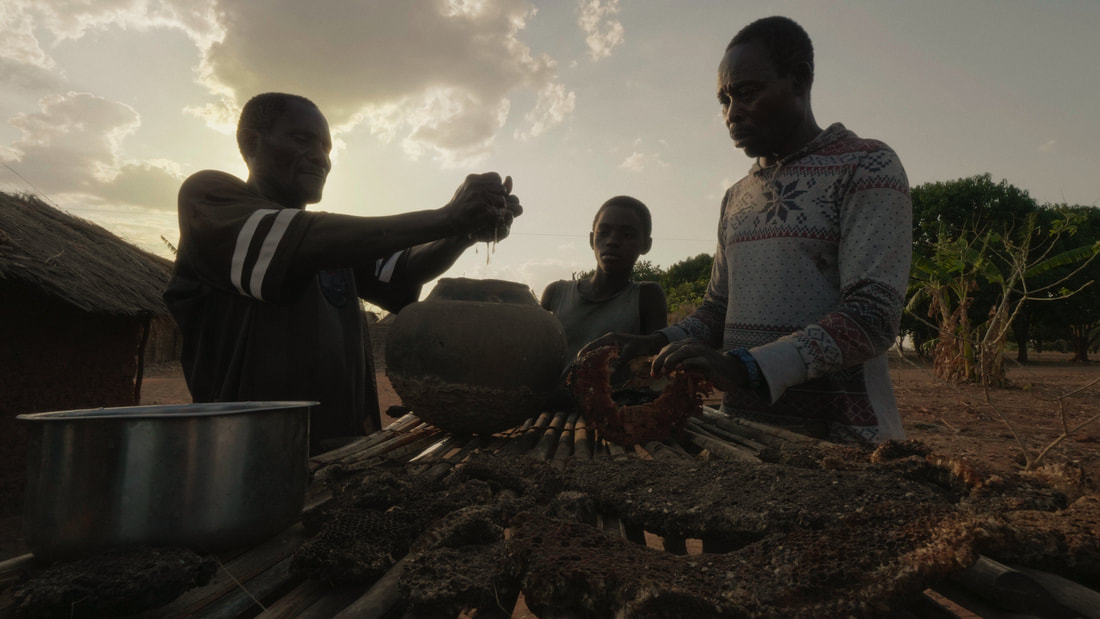
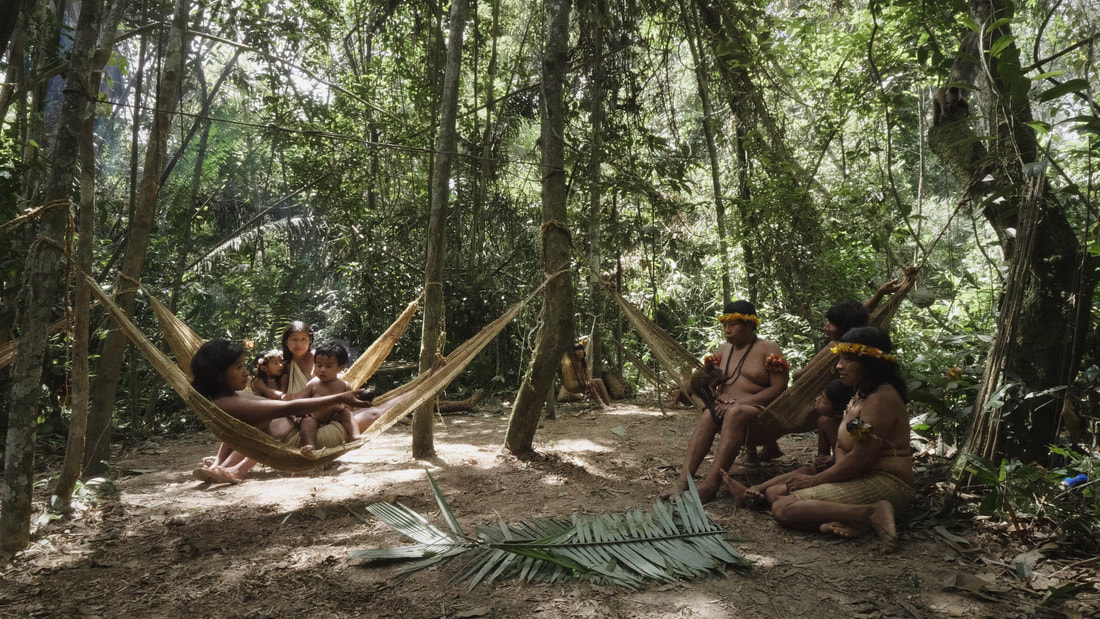
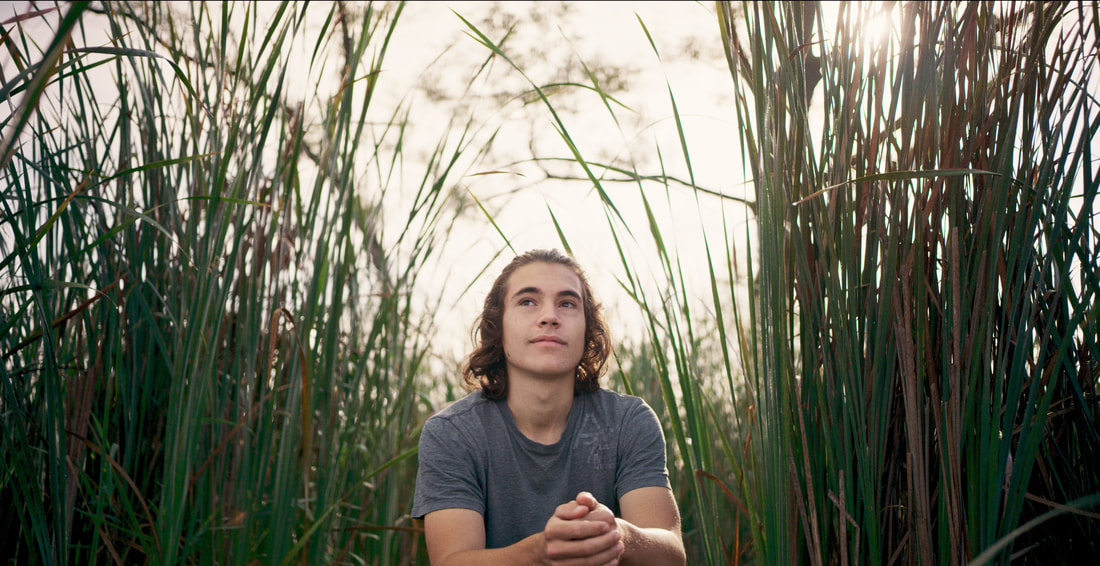


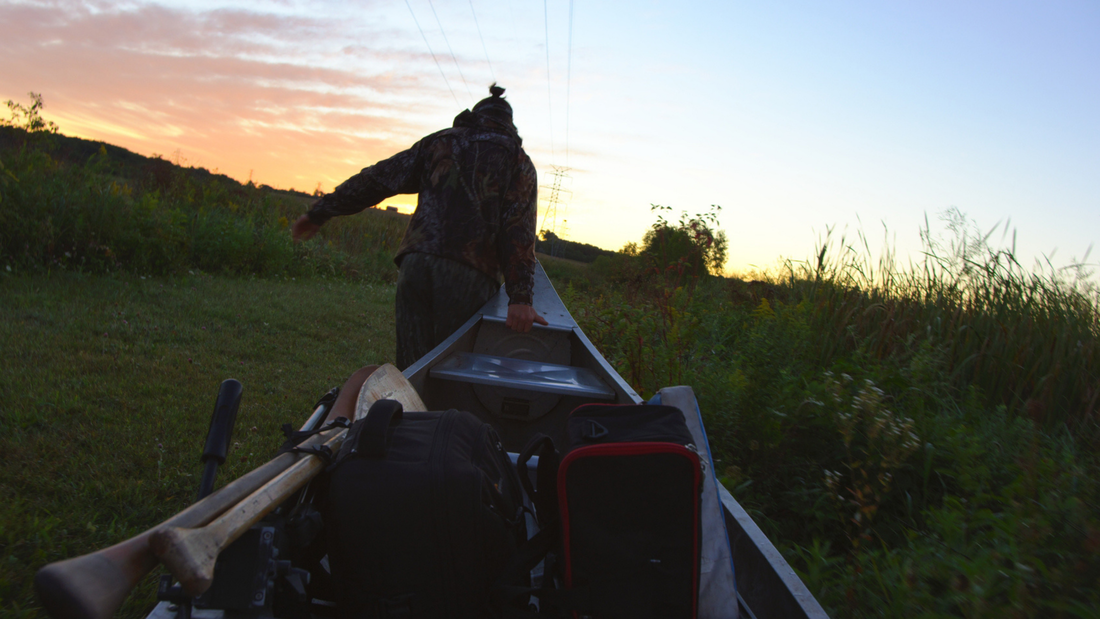
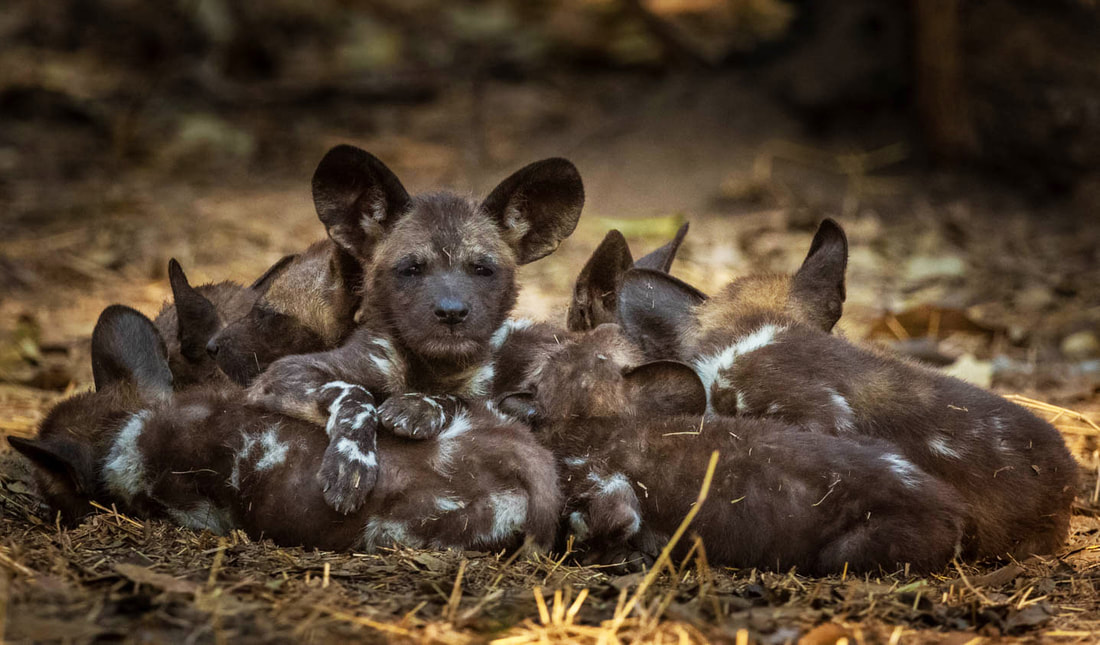
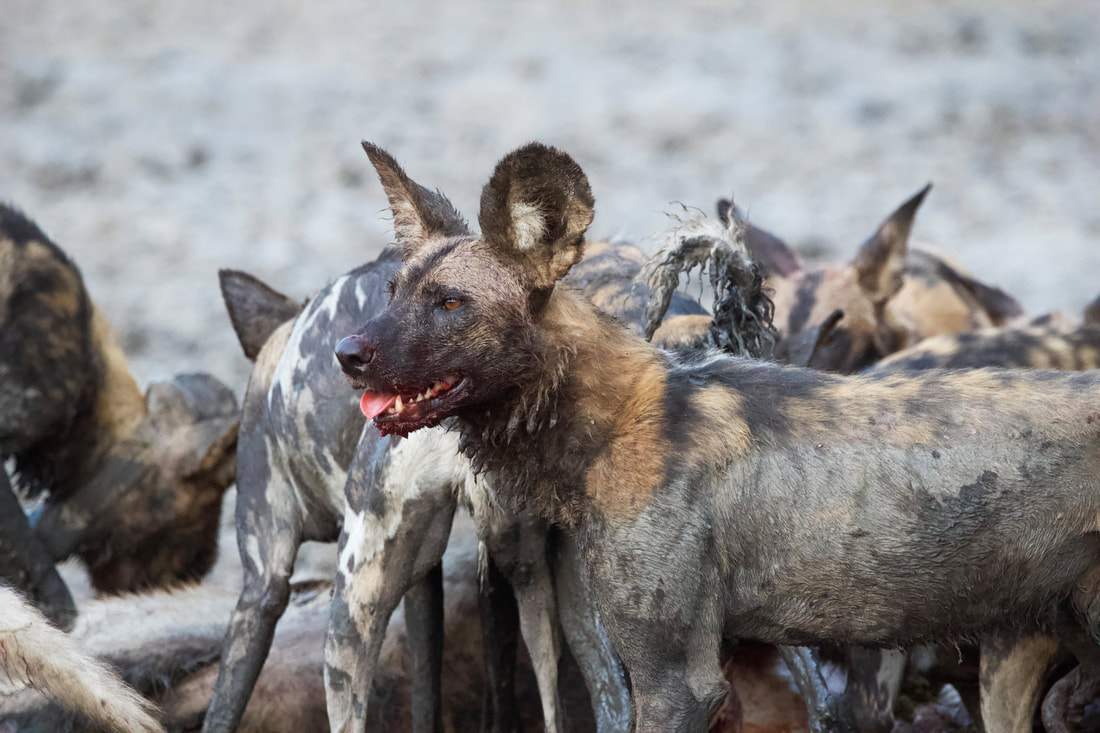
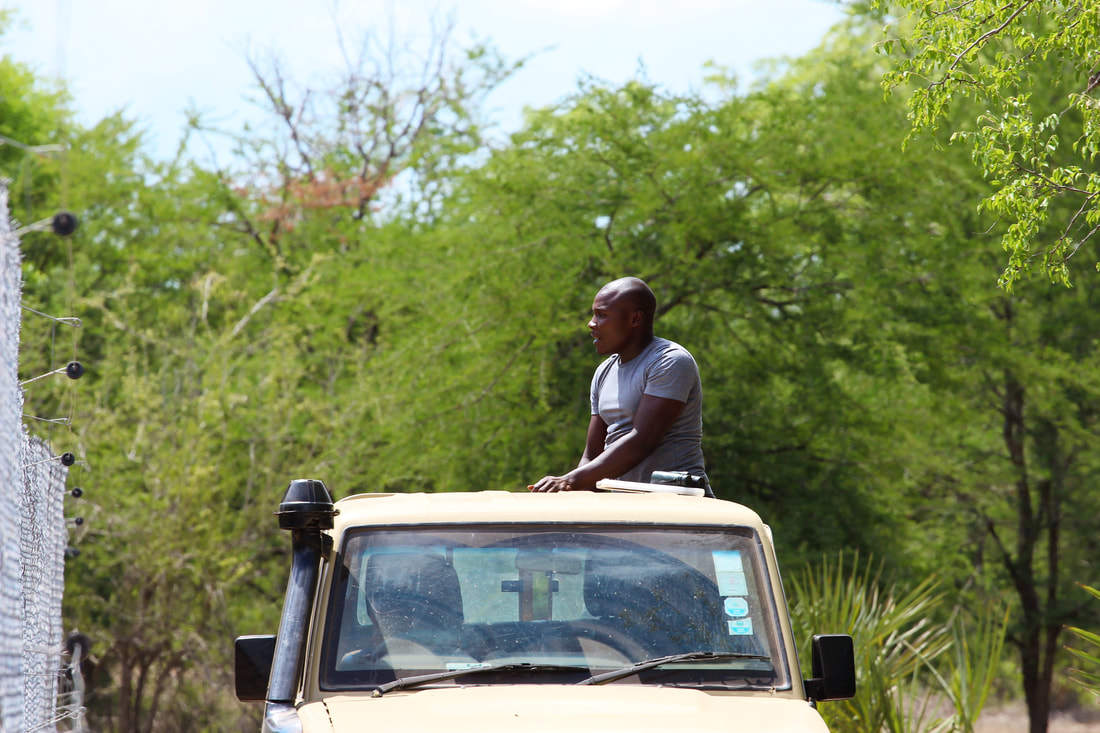
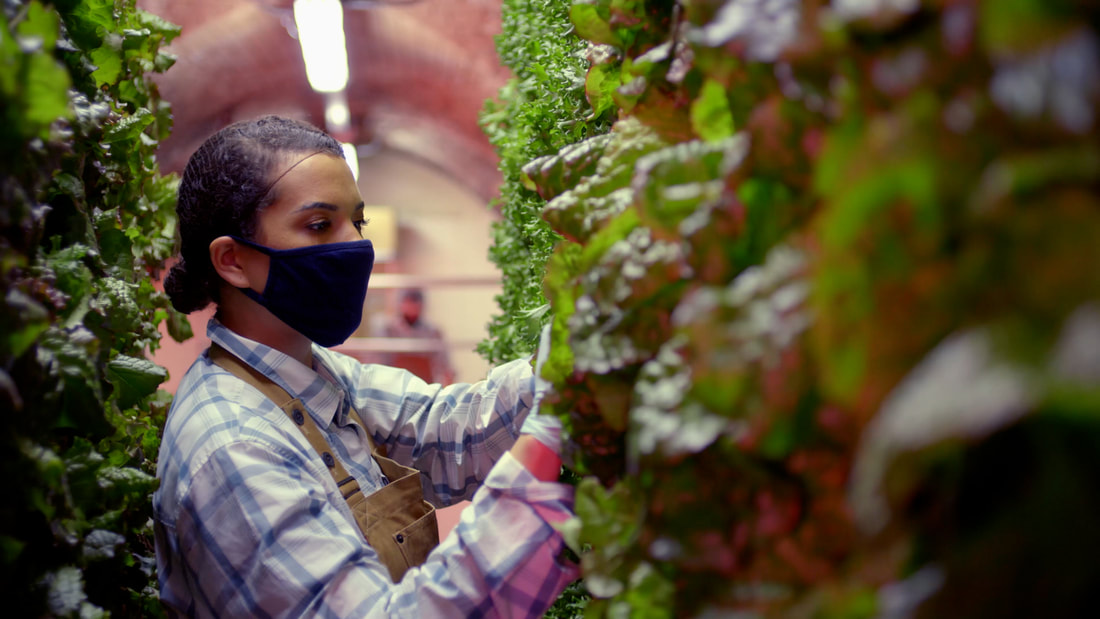
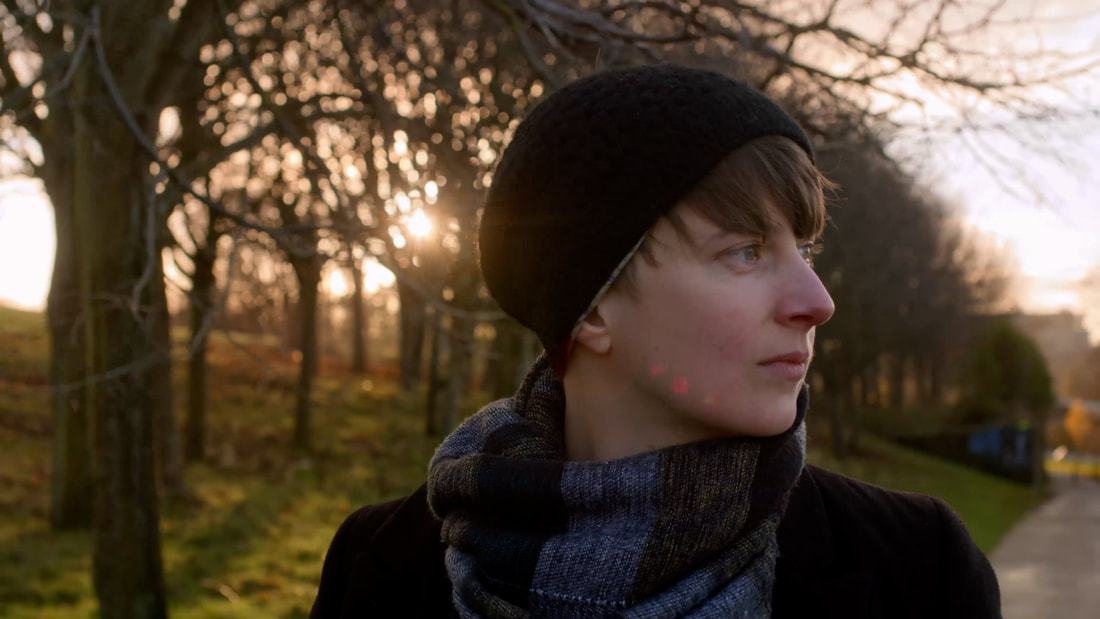
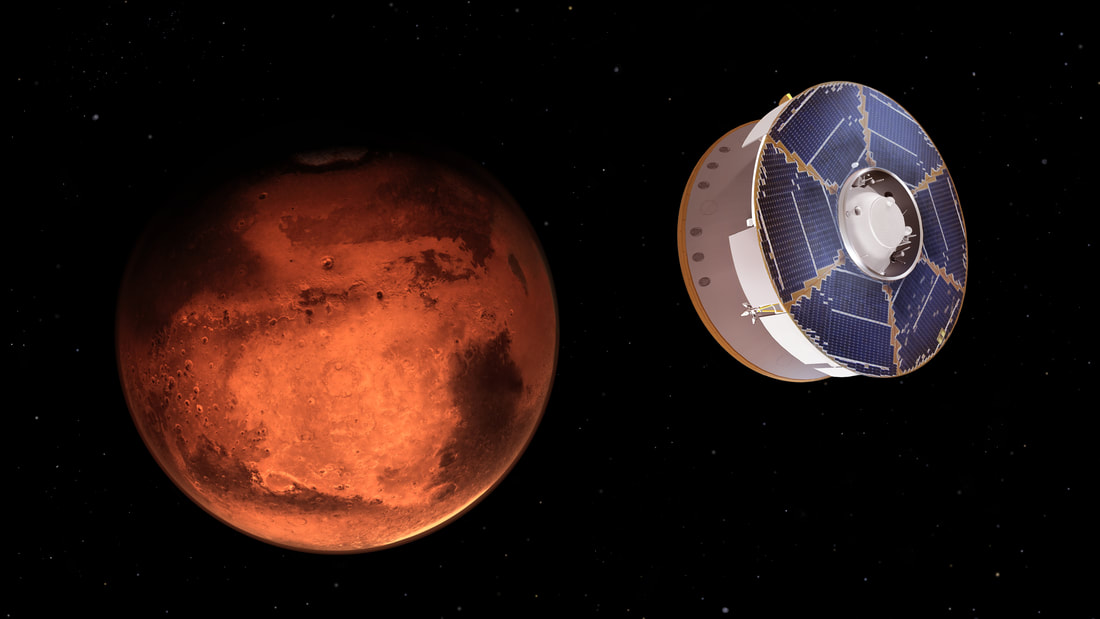
 RSS Feed
RSS Feed